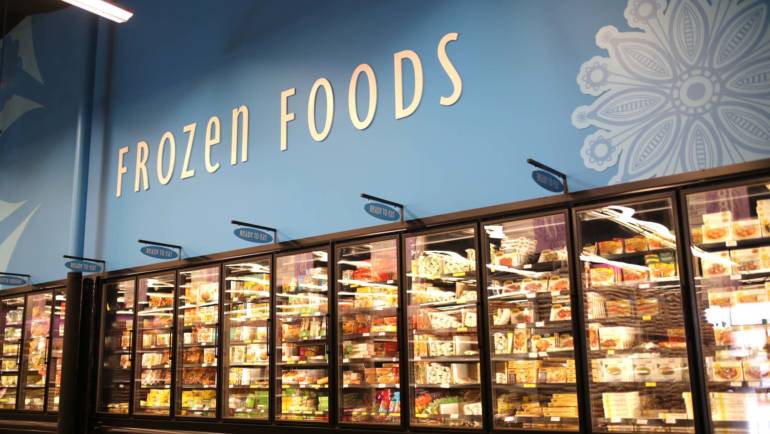Rising Consumer Preferences Drive Growth in Frozen and Refrigerated Dairy Categories

Consumer-driven innovation, evolving dairy habits, and targeted campaigns focused on value, convenience, and sustainability are revitalizing the frozen and refrigerated dairy categories, according to data from the National Frozen & Refrigerated Foods Association (NFRA).
As inflation raised prices across grocery stores, consumers shifted their perception of value with 40% of shoppers buying more frozen products to manage rising food prices and focus on more nutritious offerings. According to NFRA’s report, which surveyed 2005 US adults from Nov. 7-12, 2024, frozen food sales for 2024 totaled $84.4 billion, with $6.8 billion generated in July alone, as reported by FoodNavigator-USA.
Consumers are seeking nutrient-dense dairy products, with more than half of shoppers buying milk and cheese, and 48% buying yogurt. Yogurt and cottage cheese have gained popularity via social media, seen as protein-rich options with 81% of consumers building their baskets around these staples.
Frozen’s pre-portioned options are also resonating with consumers, with 66% using them to support health goals. Products like Dorot Gardens’ pre-portioned, flash-frozen garlic and herbs add convenience in the kitchen, while mini options are growing in demand as consumers seek portion-controlled meals containing fiber and protein.
There’s also a rise in consumer interest in frozen breakfast options for convenience and nutrient intake. Brands like Evergreen and Mason Dixie are expanding their offerings with products like waffle-forward breakfast sandwiches and comfort food-inspired frozen breakfast items.
Younger consumers, particularly Gen Z and Millennials, are drawn to frozen foods to explore global flavors with 86% relying on the category for this purpose, and 88% prioritizing meals that can be prepared in under 45 minutes. Overall, the frozen aisle is becoming a hotspot for trying international cuisines and flavors.











